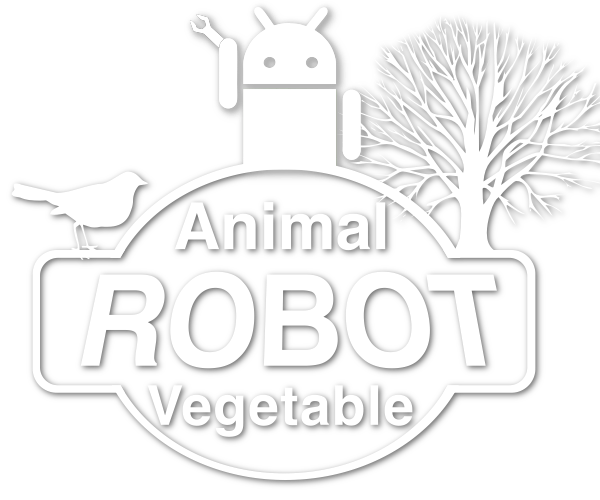
Animal Vegetable Robot
WRITINGS
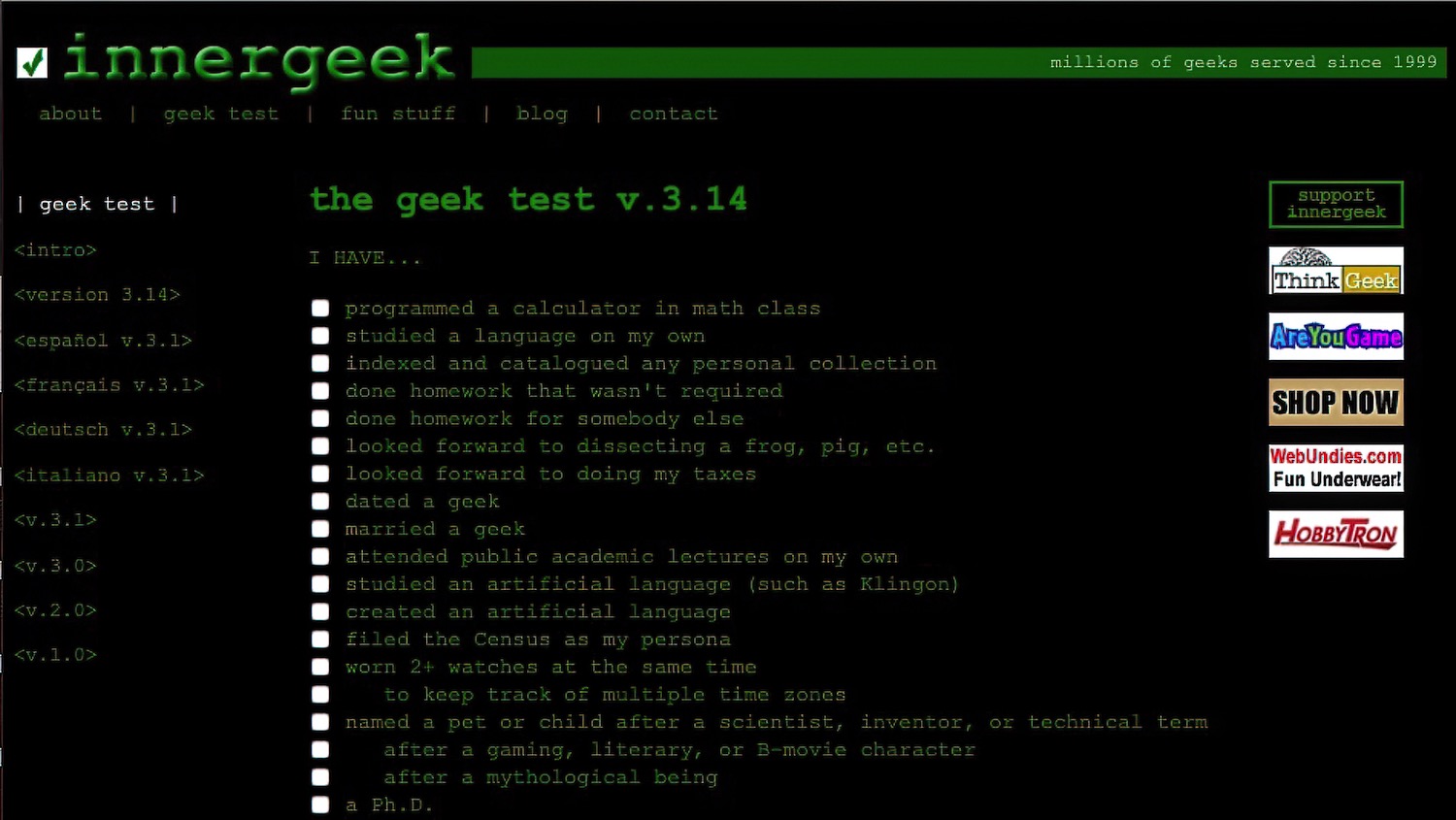
August 1, 2021
A friend whom I've known since the 1980s reached out to me the other day and, in our conversation, called me "G2," which was her code for a Geek God. I was reminded of when everyone in our lab took the official 1999 "Geek Test" at www.innergeek.us. It's still online the last time I checked. The test was curious; I'd never called myself a geek, but as I answered the questions, my score pegged the needle for the highest category in their geek classification, a "dysfunctional geek!" I was immediately put off by the negativity associated with dysfunction, so I retook the test and "adjusted" a few of my answers, which settled me into a more respectable category of "Geek God."
Years later, I recognize the "inner truth" of that test.
In the 1970s, the label "geek" or "nerd" was obscure enough that most of my friends and I ignored the negative connotation of the time and preferred to be called science majors. I suppose "egghead" would have been a more period badge of honor for those of us who chose to be immersed in science, mathematics, engineering, and science fiction studies. None of us ever came close to becoming "jocks" or took athletics seriously; we were ruthless competitors when it came to the school science fair, academic decathlons, and the hierarchy of regional competitions to which we inevitably aspired.
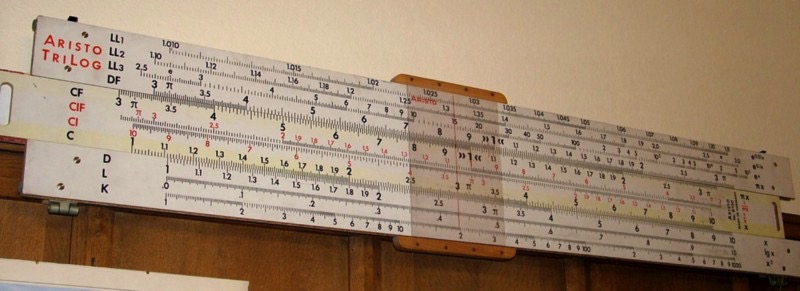
As a personal footnote, the HP-35 scientific calculator (with its reverse-Polish notation) that I bought when I graduated high school finally bit the dust around 1995. Not a significant loss since it had already been displaced by my Casio scientific calculator watch and the latest Apple Newton MessagePad 2100. But a slide rule was a lost treasure, an artifact that Indiana Jones might have found in the well of souls in an alternative universe!
Before the personal computer era took off, the first computer language I learned was Fortran 77, encoded onto punched cards and fed into the "Jaws of the Beast," as I called our university IBM 360 mainframe. These "jobs" were generally run at night, and the printed output could be picked up in the morning to debug and modify as needed. This left time in the day for other pursuits, like stalking the library's special collections for rare books, feeding the electric fishes and carnivorous plants I propagated in my professor's lab, or making chain mail rings to repair my SCA armor. As Robert Heinlein once said, "specialization is for insects."
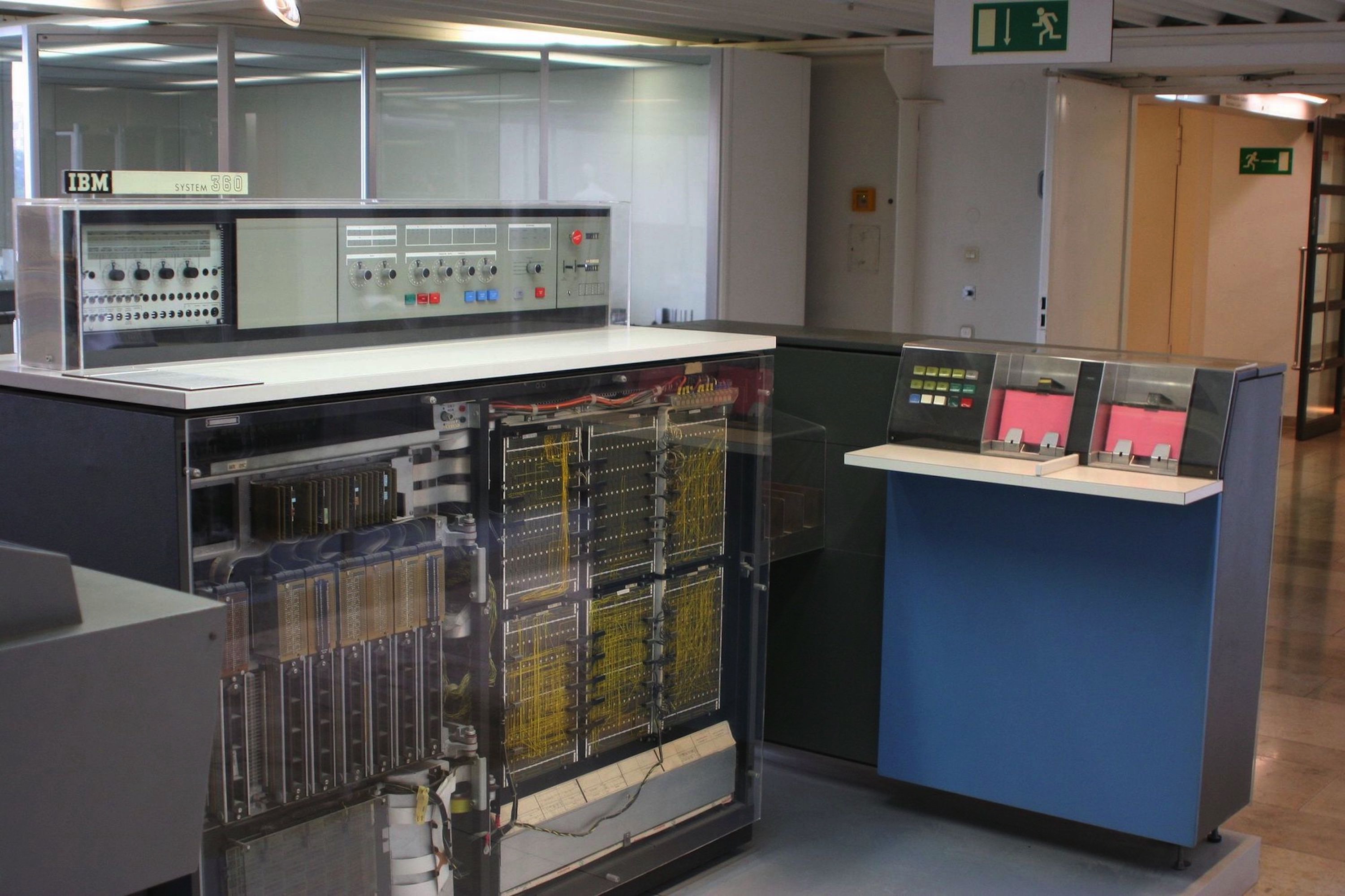
It wasn't long before one of my professors gained dial-up access to a new PDP-10 mainframe located at the nearby Claremont College, and this game-changer opened the flood gates for online gaming. The "brainchildren" of then-graduate student Don Daglow were the games he ported to this timesharing computer…Dungeon (based on D&D) and a text-based version of Star Trek. Using a dial-up modem, we could play these early video games any chance, either from the university lab or at home, as long as we were loaned a portable terminal. Talk about a time sink! We would game with people we had never met… well; they mainly were other students at our respective universities. Still, the brilliance of timesharing was the immediacy of interaction that was impossible to duplicate using card punch technology.
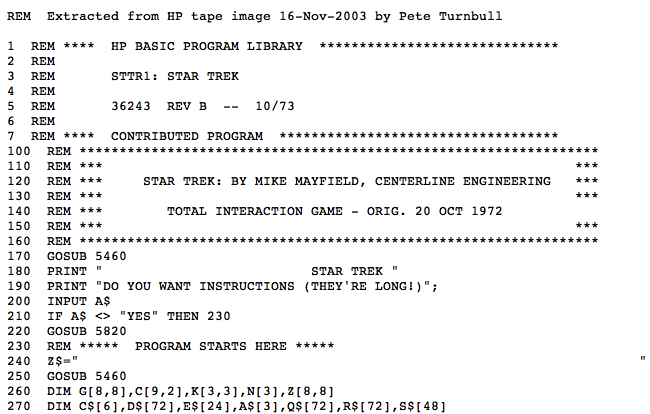
Information theory was proliferating during the 1970s, and I was drawn to one professor in our science department who was a world expert in the field of General Systems Theory. He shared ideas about organizing all scientific information and encoding it into computers to map the hierarchical relationships within and between knowledge domains. First, professor Troncale talked about linkage propositions and principal systems concepts, meta-humans, and hypertext programming. Then, he recruited me and a small army of students to input hierarchically organized facts from thousands of 3x5" cards about hundreds of different topics that would be analogous to leaves. Leaves connect to twigs, which relate to other twigs on branches, and so forth. If you consider vines growing on this tree, a vine might associate one leaf, twig, or stem from one trunk to another or even a different tree. These were the linkages, and our tree-like databases were precursors of mind-maps, a term that later took hold in the late 1980s. Today, Mind-Maps are used by researchers, libraries, and corporations to organize knowledge, including mine!
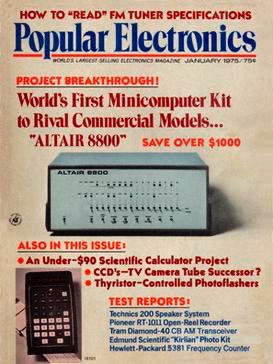
Around the middle of my undergraduate training, I became interested in the first personal computer you could build from a mail-order kit. It was advertised in the magazine "Popular Electronics," which I had subscribed to since my early high school years. The equipment cost me my entire month of summer salary, but I couldn't wait to get my hands on it. Assembling the computer was straightforward, but the programming was somewhat arcane until a start-up company called MICROSOFT came out with a programming language called Altair BASIC. Bill Gates was my age but became a college dropout to start his small business. His college buddy, Paul Allen, successfully completed Harvard and joined Gates to help him land the contract to provide the BASIC interpreter for the Altair. Interestingly, neither Gates nor Allen had written any code for the Altair, but their bluff was not called, and the project was successful, ultimately leading to a much larger contract with IBM. But that's an entirely different story…
Even today, I am still proud of my secret title, "Geek God." I earned the distinction via my insatiable interest in the minutiae of the sciences and its infinite interconnections, interrelationships, and mind-boggling complexity that defines the natural world.